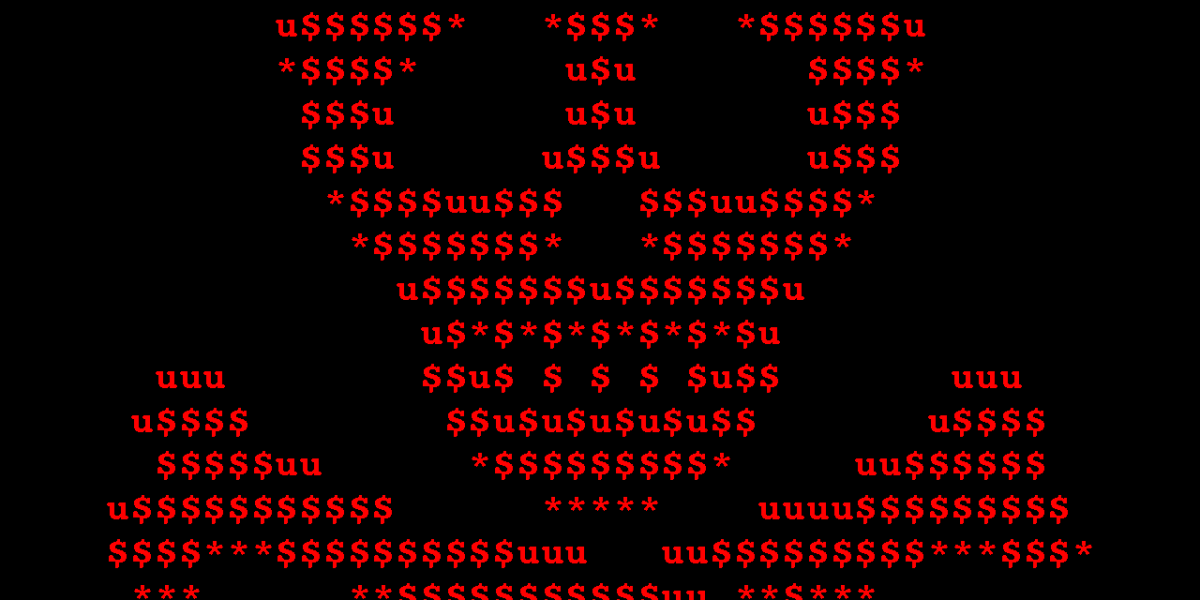
UPDATE June 28th, 2017: After an analysis of the encryption routine of the malware used in the Petya/ExPetr attacks, we have thought that the threat actor cannot decrypt victims’ disk, even if a payment was made. It appears this malware campaign was designed as a wiper pretending to be ransomware. Read more: ExPetr/Petya/NotPetya is a Wiper, Not Ransomware
Earlier today (June 27th), we received reports about a new wave of ransomware attacks (referred in the media by several names, including Petya, Petrwrap, NotPetya and exPetr) spreading around the world, primarily targeting businesses in Ukraine, Russia and Western Europe. If you were one of the unfortunate victims, this screen might look familiar:
Kaspersky Lab solutions successfully stop the attack through the System Watcher component. This technology protects against ransomware attacks by monitoring system changes and rolling back any potentially destructive actions.
At this time, our telemetry indicates more than 2,000 attacks:
Our investigation is ongoing and our findings are far from final at this time. Despite rampant public speculation, the following is what we can confirm from our independent analysis:
How does the ransomware spread?
To capture credentials for spreading, the ransomware uses custom tools, a la Mimikatz. These extract credentials from the lsass.exe process. After extraction, credentials are passed to PsExec tools or WMIC for distribution inside a network.
Other observed infection vectors include:
- A modified EternalBlue exploit, also used by WannaCry.
- The EternalRomance exploit – a remote code execution exploit targeting Windows XP to Windows 2008 systems over TCP port 445 (Note: patched with MS17-010).
- An attack against the update mechanism of a third-party Ukrainian software product called MeDoc.
IMPORTANT: A single infected system on the network possessing administrative credentials is capable of spreading this infection to all the other computers through WMI or PSEXEC.
What does the ransomware do?
The malware waits for 10-60 minutes after the infection to reboot the system. Reboot is scheduled using system facilities with “at” or “schtasks” and “shutdown.exe” tools.
Once it reboots, it starts to encrypt the MFT table in NTFS partitions, overwriting the MBR with a customized loader with a ransom note. More details on the ransom note below.
Network survey
The malware enumerates all network adapters, all known server names via NetBIOS and also retrieves the list of current DHCP leases, if available. Each and every IP on the local network and each server found is checked for open TCP ports 445 and 139. Those machines that have these ports open are then attacked with one of the methods described above.
Password extraction
Resources 1 and 2 of malware binary contain two versions of a standalone tool (32-bit and 64-bit) that tries to extract logins and passwords of logged on users. The tool is run by the main binary. All extracted data is transferred back to the main module via a named pipe with a random GUID-like name.
File Decryption
Are there any hopes of decrypting files for victims already infected? Unfortunately, the ransomware uses a standard, solid encryption scheme so this appears unlikely unless a subtle implementation mistake has been made. The following specifics apply to the encryption mechanism:
- For all files, one AES-128 key is generated.
- This AES key is encrypted with threat actors’ public RSA-2048 key.
- Encrypted AES keys are saved to a README file.
- Keys are securely generated.
The criminals behind this attack are asking for $300 in Bitcoins to deliver the key that decrypts the ransomed data, payable to a unified Bitcoin account. Unlike Wannacry, this technique would work because the attackers are asking the victims to send their wallet numbers by e-mail to “wowsmith123456@posteo.net”, thus confirming the transactions. We have seen reports this email account has already been shut down, effectively making the full chain decryption for existing victims impossible at this time.
At the time of writing, the Bitcoin wallet has accrued 24 transactions totalling 2.54 BTC or just under $6,000 USD.
Here’s our shortlist of recommendations on how to survive ransomware attacks:
- Run a robust anti-malware suite with embedded anti-ransomware protection such as System Watcher from Kaspersky Internet Security.
- Make sure you update Microsoft Windows and all third party software. It’s crucial to apply the MS17-010 bulletin immediately.
- Do not run open attachments from untrusted sources.
- Backup sensitive data to external storage and keep it offline.
Kaspersky Lab corporate customers are also advised to:
- Check that all protection mechanisms are activated as recommended; and that KSN and System Watcher components (which are enabled by default) are not disabled.
- As an additional measure for corporate customers is to use Application Privilege Control to deny any access (and thus possibility of interaction or execution) for all the groups of applications to the file with the name “perfc.dat” and PSexec utility (part of the Sysinternals Suite)
- You can alternatively use Application Startup Control component of Kaspersky Endpoint Security to block the execution of the PSExec utility (part of the Sysinternals Suite), but please use Application Privilege Control in order to block the “perfc.dat”.
- Configure and enable the Default Deny mode of the Application Startup Control component of Kaspersky Endpoint Security to ensure and enforce the proactive defense against this, and other attacks.
For sysadmins, our products detect the samples used in the attack by these verdicts:
- UDS:DangerousObject.Multi.Generic
- Trojan-Ransom.Win32.ExPetr.a
- HEUR:Trojan-Ransom.Win32.ExPetr.gen
Our behavior detection engine SystemWatcher detects the threat as:
- PDM:Trojan.Win32.Generic
- PDM:Exploit.Win32.Generic
IOCs
|
1 2 3 4 5 |
0df7179693755b810403a972f4466afb 42b2ff216d14c2c8387c8eabfb1ab7d0 71b6a493388e7d0b40c83ce903bc6b04 e285b6ce047015943e685e6638bd837e e595c02185d8e12be347915865270cca |
Yara rules
Download Yara rule expetr.yara as a ZIP archive.
rule ransomware_exPetr {
meta:
copyright = “Kaspersky Lab”
description = “Rule to detect PetrWrap ransomware samples”
last_modified = “2017-06-27”
author = “Kaspersky Lab”
hash = “71B6A493388E7D0B40C83CE903BC6B04”
version = “1.0”
strings:
$a1 = “MIIBCgKCAQEAxP/VqKc0yLe9JhVqFMQGwUITO6WpXWnKSNQAYT0O65Cr8PjIQInTeHkXEjfO2n2JmURWV/uHB0ZrlQ/wcYJBwLhQ9EqJ3iDqmN19Oo7NtyEUmbYmopcq+YLIBZzQ2ZTK0A2DtX4GRKxEEFLCy7vP12EYOPXknVy/+mf0JFWixz29QiTf5oLu15wVLONCuEibGaNNpgq+CXsPwfITDbDDmdrRIiUEUw6o3pt5pNOskfOJbMan2TZu” fullword wide
$a2 = “.3ds.7z.accdb.ai.asp.aspx.avhd.back.bak.c.cfg.conf.cpp.cs.ctl.dbf.disk.djvu.doc.docx.dwg.eml.fdb.gz.h.hdd.kdbx.mail.mdb.msg.nrg.ora.ost.ova.ovf.pdf.php.pmf.ppt.pptx.pst.pvi.py.pyc.rar.rtf.sln.sql.tar.vbox.vbs.vcb.vdi.vfd.vmc.vmdk.vmsd.vmx.vsdx.vsv.work.xls” fullword wide
$a3 = “DESTROY ALL OF YOUR DATA! PLEASE ENSURE THAT YOUR POWER CABLE IS PLUGGED” fullword ascii
$a4 = “1Mz7153HMuxXTuR2R1t78mGSdzaAtNbBWX” fullword ascii
$a5 = “wowsmith123456@posteo.net.” fullword wide
condition:
(uint16(0) == 0x5A4D) and
(filesize<1000000) and
(any of them)
}
Schroedinger’s Pet(ya)

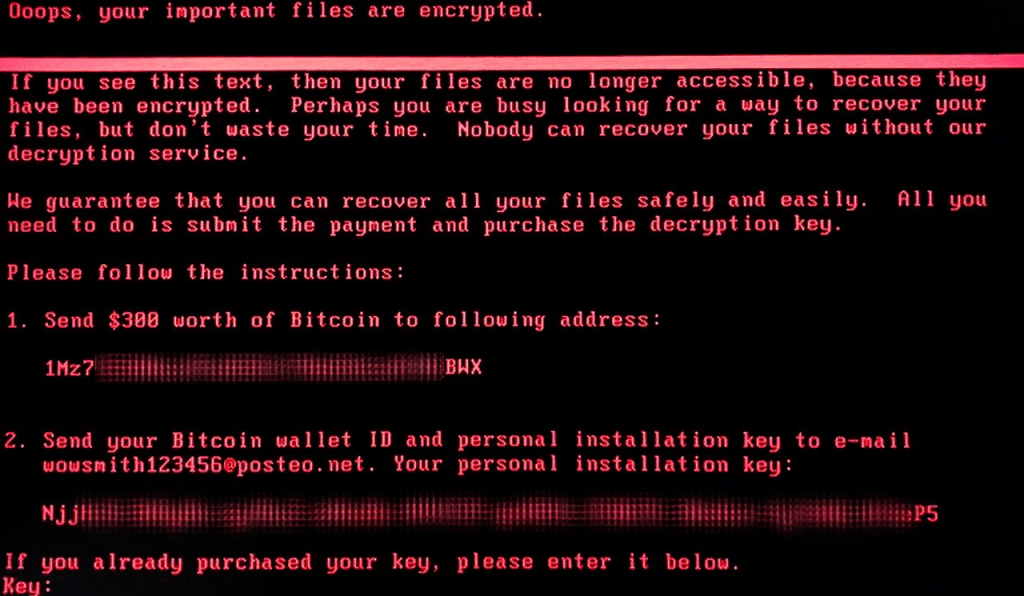
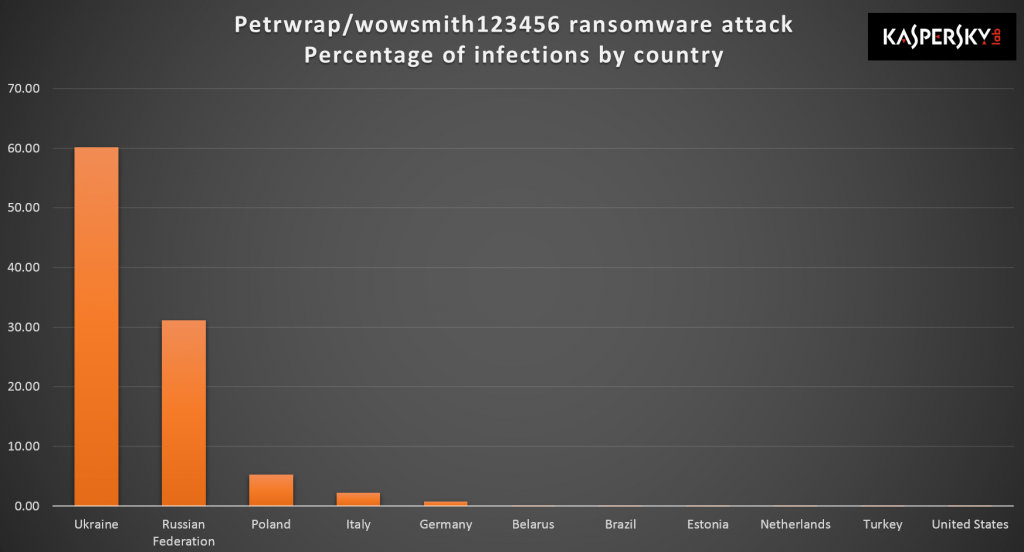
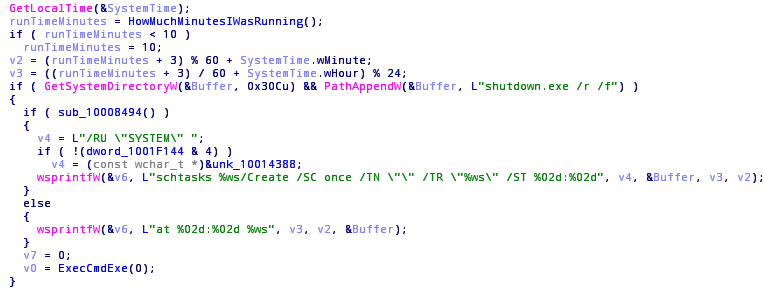
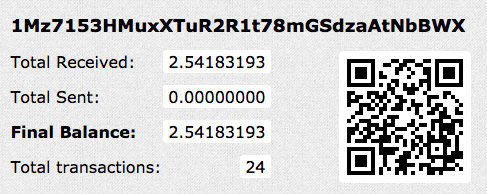




















Angelo M.
Do we know if Petya encrypts beyond the MBR? or does it stop there?
Valentyn Budkin
No, it isn’t. It begins to encrypt files on disk C. Disk D unconfirmed yet.
S
Salve Costin.
I could see in the code cached credential reuse and replication. So it goes beyond ETERNALBLUE.
Costin
Absolutely. Please check the section “How does the ransomware spread?” in the blogpost.
Jeramy
Is the MFT also encrypted with the method you describe for file encryption?
Fol
why did idiots at posteo blocked that email?
If someone sent payment in step 1 and now wants to retrieve/confirm it to attackers he is basically scammed by posteo.net which is preventing victims to get their key!
Kiara
They’re preventing these criminals from profiting from crime… pretty simple
lordken
@Kiara: why do you comment when you don’t have a clue?
posteo.net blocked email account of attackers that was set up to receive >emails< from victims begging for decryption keys. -emphasis on emails, not money.
Attacker's bitcoin wallet is open (it cannot be blocked for that matter) and can continue to receive payments. It doesn't have anything to do with blocked email account.
So how are attackers prevented from taking profit?
David Lapham
Fol — I for one think Posteo did the right thing. The way to fight ransomeware, it to make it unprofitable. Some people will do anything to get their stuff back, including pay a ransom. This is what those behind Petya bank on. Sure, some will get scammed, but they deserve it.
Fol
excuse me guys but who do you think you two are to decide for others how valued their data is to them??
Its none of your business if my data are valued 3k to me and I’m willing to pay $300 to get it. But with this posteo noobs and your logic ppl lost data, lost another $300 as ransom pay – total FAIL. While attackers get ransom money and don’t need to bother with decryption key – WIN.
Don’t you guys have basic level of logical thinking? You are hitting victims and not attackers.
To get you into perspective, because it looks like you lack it. Say your kid is kidnaped for ransom, kidnapers contact you with their demands but phone company decide to block their or your number to prevent communication , to prevent criminals to get profit and teach other criminals the lesson, too bad your kid is gonna die in the process. You are ridiculous.
@David: also WTH? ppl who lost their data DESERVED it? (ofc clicking links with admin user is lame), so lets punish them by preventing them to get unlock key but let attackers profit…can you please elaborate on this, with your logic, how attackers are losing profit here? (hint bitcoins to their wallet can flow freely)
By your logic guys lets nuke London, if there wont be any ppl alive terrorist will stop their attacks [there]. Mission complete!
E K
Looks like victims won’t get their data back anyway:
https://securelist.com/expetrpetyanotpetya-is-a-wiper-not-ransomware/78902/
Absent
* The email firm obviously doesn’t want an ongoing association with this – shutting it down means fewer questions from fewer people.
* It’s the old “never negotiate with terrorists” mantra extended to this (capitulate and more will come)
* It does go a bit further – pretty much (in a “pop quiz, hotshot” kind of way) “shoot the hostage” to try to take away power from the attacker, but there’s still a basis for it (agree with it or not)
* This only works if there’s an info campaign that victims believe, before they pay. Those who’ve already paid are screwed over – they’re the fire-break-cull aiming to halt the spread of people making payments & in the longer run, discourage future attacks (if people believe they won’t be able to get keys, they’re less likely to pay, meaning they’re less attractive targets, reducing the appeal of the attack.
* Those who haven’t paid yet, still don’t get their systems back, which would be a criticism of it weren’t for the reports the attackers never provided keys to people before the email shutdown and possibly have no a desire or ability to decrypt – that outcome is an argument for the “never negotiate stance” – you simply can’t trust the buggers!
With the “never negotiate” stance, it was normal that negotiations are taking place, but privately to prevent attracting copy-cats. With a public BC wallet, you can’t hide the payments, so capitulation is always visible.
On a side note, who the hell is going to exchange any blocks from that wallet given its had international news coverage?
Henri-Michel
If I rename “shutdown.exe”, the described routine should fail. What happen in this case ?
Valentin Kolesnikov
Good desccription. Kaspersky sites are locked in Ukraine. As a result we can’t use Kaspersky antivirus here.
Jeremy Smith
Do we need to make any changes in our KSC in order to block this? I’m relatively new to managing the KSC so sorry if the question is “Bad”.
valparaiso
@Valentin Kolesnikov – you can access Kaspersky Lab websites that are not in Russian language or in RUnet zone. Try .com, .co.uk, etc. As of my best knowledge, Ukrainian customers and users can use already installed software from Ukraine. New users may have to get their copy of Kaspersky Lab security software from EU or other, non Russian domains. Give it a try. Right protection is worth a try.
valparaiso
@Jeremy Smith – do you mean Kaspersky Security Cloud? It’s adaptive security service available in the UK. Short answer is no action required, because it uses all preventive engines required to be safe from NotPetya. Anyway, the top rule applies also here – do not open anything that you’re not expecting to come and double-check the source of email or message you’ve been sent. It looks like NotPetya is mainly targeting companies of different size, especially those who have offices in the Ukraine or business ties to it. This is why Maersk, lots of Russian and some Polish and German transport companies got hit badly. All have to do tax paperwork in the Ukraine, because of their local offices. Key infection channel seem to be tax reporting software called M.E.Doc.
0x1KNJ
Cool description! But what about Mischa? In my laptop, Symantec encryption at start-up prevented #NotPetya from running at reboot and I then found the infamous “perfc” file in C:/Windows (see @0xAmit’s vaccine on twitter). However, I see that I cannot access some .xls and .doc files, as if they were encrypted… Mischa is real???
Draft
If computer is using FAT32 instead of the NTFS, is that new Petya capable of encrypting the disk?
FAT32 doesn’t possess MFT, how that ransomware behaves in that case? Thanks!
jjack
The same question, with FAT32 🙂 – Anyone knows?
VARADHARAJAN K
1) Whether it encrypts MBR in all harddrives or only os drive ?
2) How to prevent the petya for home users , give me the detail instructions , for blocking of perfc.dat file and the PSxec.exe utility by using KIS 2017 an d KTS 2017 .
3) how to block the perfc.dat and pSexec.exe using group policy editor built in windows by applocker
Josh branum
We were hit with win32.bitcovar.v. One qq.com email all local app files encrypted. No price given and only server hit that i can tell. Cloud backups unaffected. Going to keep local backups off network.